Iron Age Shipwrecks in the Mediterranean Sea
Mazarron I, a Phoenician period shipwreck c 600 BC
Mazarron I is a coastal trading vessel that sank off the coast of Murcia in southern Spain about 600 BC during the Phoenician period.
By Nick Nutter on 2024-12-21 | Last Updated 2025-05-18 | Iron Age Shipwrecks in the Mediterranean Sea
This article has been visited 1,677 times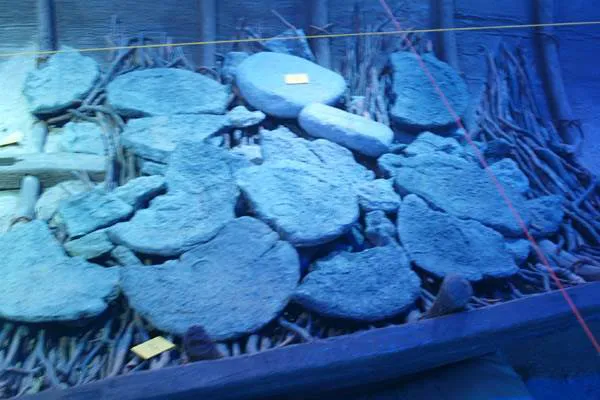
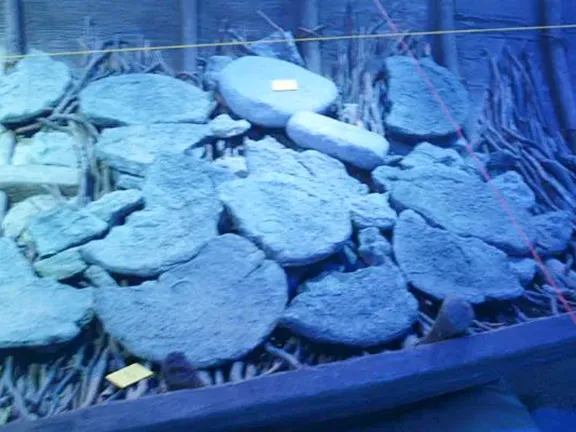
Mazarron I cargo
Where was the Mazarron I shipwreck found?
Mazarron is a small port on the southern coast of Spain in the region of Murcia. Mazarron I was found in the shallow waters just off the beach, Playa de la Isla, at a depth of only 2.5 metres.
Do you enjoy my articles? You could help me write more by buying me a cup of coffee.
About the Mazarron I wreck site
The shipwreck was discovered in 1988 during the building of a marina at Playa de la Isla.
Work started on the wreck in 1993 and it has been raised, together with what is left of its cargo and is currently on display at the Museum of Underwater Archaeology in Cartagena.
Who excavated the Mazarron I shipwreck?
Archaeologists from the Spanish National Museum of Maritime Archaeology and the National Centre for Underwater Archaeological Research.
When did the Mazarron I wreck sink?
Mazarron I sank in about 600 BC.
How was Mazarron I built and what were its dimensions?
The remains of Mazarron I only include a nearly complete keel made of cypress, nine partial planking strakes and four fragmented fig tree frames.
From these few remains certain deductions have been made. Mazarron I was about 8.2 metres overall with a beam of 2.2 metres.
The stem was fixed to the keel using a 'T' shaped scarf joint designed to withstand vertical as well as horizontal stress. Other building techniques are also unusual, or at least encountered in a wreck for the first time, such as the fastening of the strakes. The method used on Mazarron I was a combination of two established methods, tightly pegged or dowelled mortise and tenon joints together with sewn seams. Esparto grass yarn was used for the stitching. The hull, inside and out, was coated with pine tar to preserve the wood and provide another level of waterproofing.
What was the Mazarron I cargo?
Although no cargo has been found at the wreck site, thousands of the pottery shards previously associated with the Mazarron II wreck were found in the vicinity of the Mazarron I wreck which may indicate that Mazarron I had a cargo of some of, if not all, the ceramics attributed to Mazarron II.
Who built the Mazarron I shipwreck?
The Mazarron boats, dated to the 7th century BC, were likely built and operated by local people in southern Iberia. While their construction may have been influenced by Phoenician technology, it's difficult to definitively label them as either Phoenician or indigenous.
The societies in the region had undergone significant cultural blending with the Phoenicians over centuries, making it challenging to pinpoint origins. These boats likely served local transportation needs within a broader commercial network overseen by the Phoenician colonial elites and ultimately connected to the Tyre state.
An interesting study of the fibres used for the stitching on Mazarron I suggests it was likely built locally in the Iberian Peninsula.
The ship's stitching was made from esparto grass (Stipa tenacissima L.), a plant endemic to the southeastern Iberian Peninsula (around Cartagena, Spain) and the northwest of Africa. This indicates the use of local materials and potentially a local shipbuilding tradition.
Esparto grass was highly valued for its strength and resistance to rot, making it ideal for shipbuilding. Pliny, (Natural History, XIX, 7 - 10), noted the superior quality of esparto from the southeastern Iberian Peninsula. Calibrated radiocarbon analyses of archaeological remains from the Cueva de los Murcielagos (Albuol, Granada, Spain), attest to the use of S. tenacissima for the manufacture of extremely elaborate basketry and clothing in the Iberian Peninsula from the 6th millennium BC.
The use of esparto in Mazarron I, along with possible sewn repairs in Mazarron II, suggests a local shipbuilding tradition in the region prior to the introduction of more advanced techniques (like mortise-and-tenon joints) by the Phoenicians.
Essentially, the analysis of the stitching material provides strong evidence for the local construction of the Mazarron I ship in the southeastern Iberian Peninsula.
Where did the Mazarron I come from and where was it going?
Mazaron I was a trading vessel capable of carrying up to four tonnes of cargo, propelled by oars and probably also had a mast and sail. It had a shallow draft suitable for inshore sailing and navigating rivers.
The use of hybrid building techniques, pegged mortise and tenon joints that are a feature of eastern Mediterranean boats together with sewn planks that are more common in western Mediterranean contexts suggests the boat was built in Iberia.
As to its destination. That has not been determined.
Why did Mazarron I sink?
Whilst nobody knows for sure, the evidence suggests that the Mazarron I sank in a violent storm. The presence nearby of a vessel of similar age, Mazarron II, suggests that both foundered during the same storm.
Political situation at the time
By 600 BC, the Phoenicians had settlements all along the Iberian Mediterranean coast as far as Portugal on the Atlantic coast. There was a flourishing trade between the western Mediterranean and the civilisations in the Middle East such as Assyria and Egypt.
Where can the Mazarron I shipwreck and its cargo be seen now?
The remains of Mazarron I are on view at the Underwater Archaeology Museum in Cartagena.
References
Personal studies at the Underwater Archaeology Museum in Cartagena.
Ayuntamiento de Mazarron (2004). "Barcos Fenicios" [Phoenician ships]. Ayutamiento de Mazarron (in Spanish).
Ayuntamiento de Mazarron. Concejalia de Turismo. (2015). "Barco Fenicio de Mazarron". Visit Mazarron.
Lopez-Ruiz, Carolina; Doak, Brian R. (2022). The Oxford Handbook of the Phoenician and Punic Mediterranean. Oxford University Press. ISBN 978-0-19-765442-2.
Nutter N. (2018). Phoenicians in Andalucia | The Phoenician wreck of Mazarron II. https://www.visit-andalucia.com/phoenician-wreck-mazarron/
Tejedor, Carlos C. (2018) The Mazarron I shipwreck: an iron-age boat with unique features from the Iberian Peninsula.
Do you enjoy my articles? You could help me write more by buying me a cup of coffee.
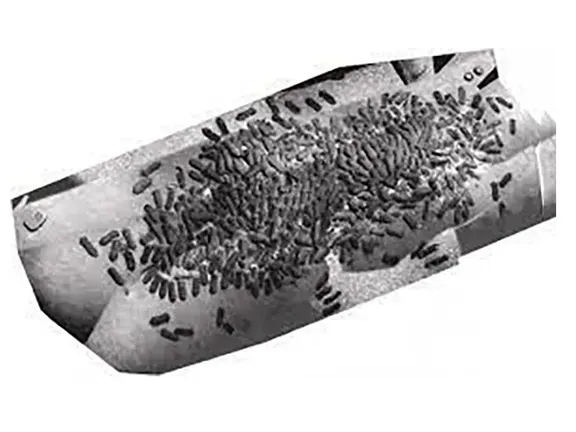 1: Tanit and Elissa c 750 BC
1: Tanit and Elissa c 750 BC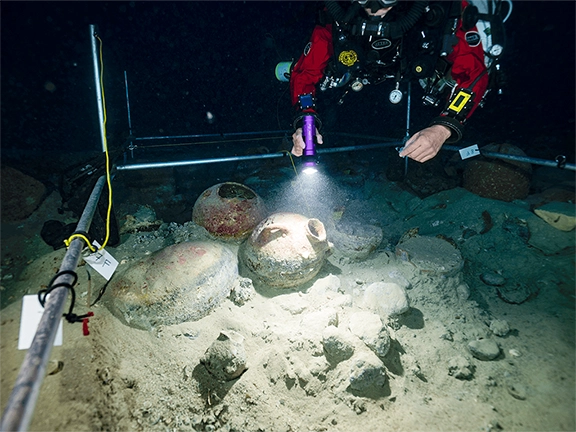 2: Xlendi Bay shipwreck off Gozo c 700 BC
2: Xlendi Bay shipwreck off Gozo c 700 BC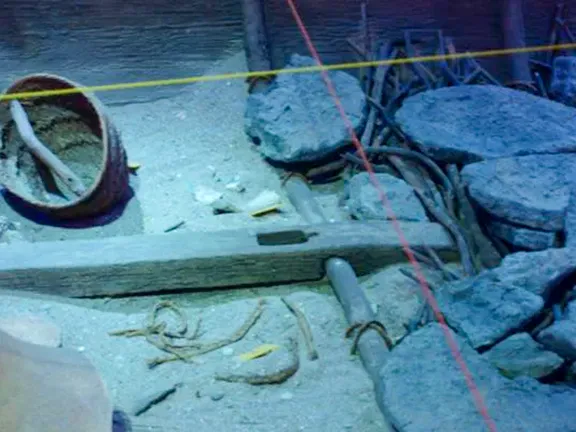 3: Mazarron II 625 - 570 BC Phoenician period
3: Mazarron II 625 - 570 BC Phoenician period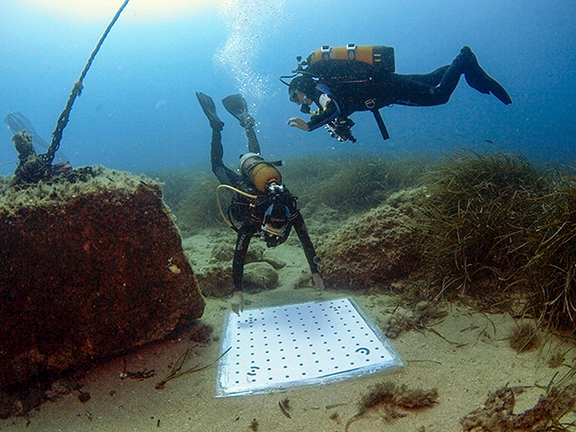 5: The Bajo de la Campana c 600 BC
5: The Bajo de la Campana c 600 BC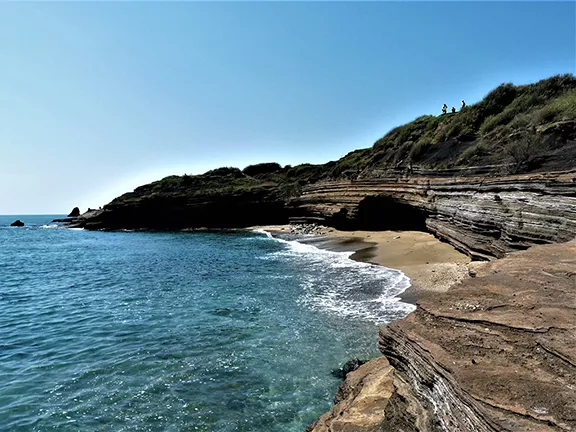 6: The Rochelongue underwater site c 600 BC
6: The Rochelongue underwater site c 600 BC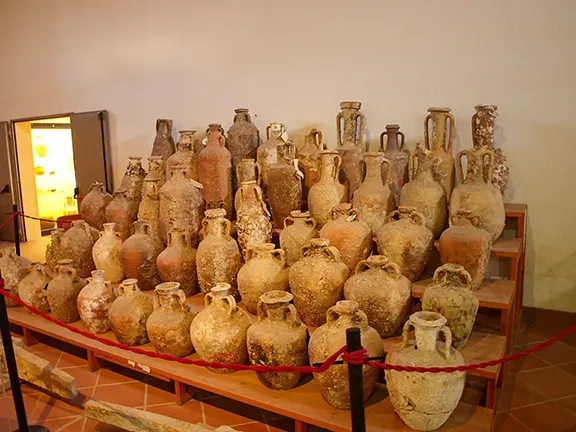 7: Giglio Etruscan shipwreck c 580 BC
7: Giglio Etruscan shipwreck c 580 BC